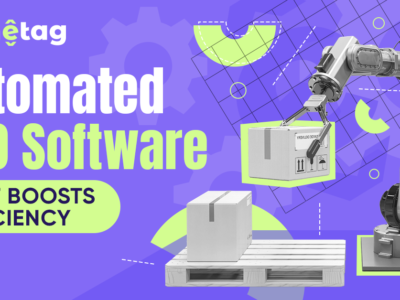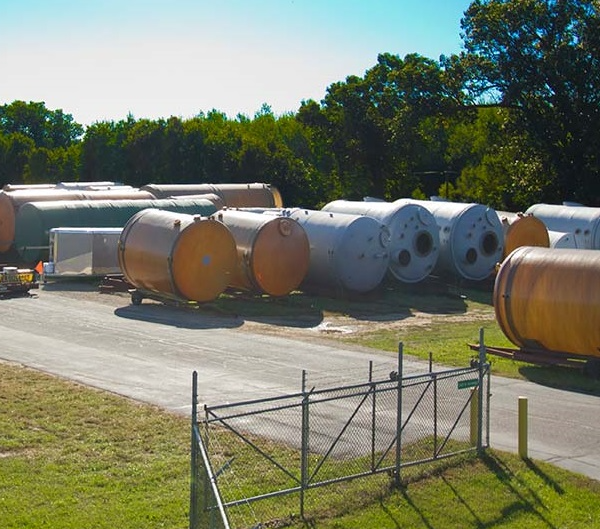
An Automated Trading System (ATS), also known as algorithmic trading or mechanical trading system, is a computer program designed to automatically execute trading orders based on predetermined criteria, rules, or algorithms. These systems utilize mathematical models and trading strategies to make decisions regarding the timing, price, and quantity of trades without the need for human intervention.
Key components of an Automated Trading System typically include:
- Strategy Formulation: The ATS begins with the formulation of a trading strategy or set of rules based on various factors such as technical indicators, fundamental analysis, market conditions, and risk management parameters. These strategies can range from simple to highly complex algorithms designed to capitalize on specific market inefficiencies or trends.
- Data Analysis: Automated Trading Systems continuously analyze market data in real-time, including price movements, trading volumes, and other relevant metrics. This analysis helps the system identify potential trading opportunities and execute trades according to the predefined strategy.
- Order Generation: Once a trading opportunity is identified, the ATS generates orders automatically based on the parameters set by the trader or algorithm. Orders may include buy or sell orders, as well as specific instructions such as limit orders, stop-loss orders, or take-profit orders.
- Order Execution: After generating orders, the Automated Trading System executes them electronically through connected trading platforms or exchanges. The system may employ sophisticated order execution algorithms to ensure trades are executed efficiently and at optimal prices.
- Risk Management: Risk management is an essential component of Automated Trading Systems to control potential losses and protect capital. ATS may include risk management features such as position sizing, stop-loss orders, maximum drawdown limits, and portfolio diversification strategies.
- Monitoring and Optimization: Automated Trading Systems continuously monitor market conditions and the performance of trading strategies. Based on real-time data and performance metrics, the system may automatically adjust parameters, optimize strategies, or deactivate certain algorithms to adapt to changing market conditions or improve performance.
- Backtesting and Simulation: Prior to deployment in live markets, Automated Trading Systems undergo rigorous backtesting and simulation to assess their performance and reliability using historical market data. This helps identify potential flaws or weaknesses in the strategy and fine-tune parameters to optimize performance.
Benefits of Automated Trading Systems include:
Automated Trading Systems (ATS), also known as algorithmic trading systems or trading robots, are computer programs designed to execute trading strategies automatically based on predefined rules and algorithms. These systems have gained popularity among traders and investors due to their numerous benefits, some of which include:
- Speed and Efficiency: ATS can execute trades with lightning-fast speed and precision. Unlike manual trading, where human limitations such as reaction time and processing speed come into play, automated systems can enter and exit trades in milliseconds. This speed allows traders to capitalize on market opportunities as soon as they arise, without delay.
- Discipline and Emotion-Free Trading: One of the significant advantages of ATS is their ability to trade without being influenced by emotions or psychological biases. Human traders often fall victim to fear, greed, or other emotions, leading to impulsive decisions and erratic trading behavior. Automated Trading Systems follow predefined rules and algorithms consistently, eliminating emotional biases and ensuring disciplined execution of trading strategies.
- Diversification and Risk Management: ATS can trade across multiple markets, instruments, and timeframes simultaneously. This enables traders to diversify their portfolios and spread risk across different assets or strategies. Additionally, automated systems can implement risk management techniques such as stop-loss orders, position sizing, and portfolio rebalancing automatically, helping traders manage risk more effectively.
- 24/7 Operation: Automated Trading Systems can operate 24 hours a day, 7 days a week, without the need for human supervision. This allows traders to take advantage of global markets and opportunities across different time zones, even when they’re not actively monitoring the markets. By operating round the clock, ATS ensure that trading opportunities are not missed due to time constraints.
- Backtesting and Optimization: Before deploying a trading strategy in live markets, ATS can be backtested using historical data to assess their performance and effectiveness. This allows traders to evaluate the viability of their strategies and make necessary adjustments or optimizations before risking real capital. Backtesting also helps traders gain confidence in their systems and understand their potential risks and rewards.
- Reduced Transaction Costs: Automated Trading Systems can help reduce transaction costs by minimizing slippage and ensuring optimal order execution. By executing trades at the best available prices and avoiding costly human errors, ATS can enhance trading efficiency and profitability over the long term.
Automated Trading Systems offer numerous benefits to traders and investors, including speed and efficiency, discipline, diversification, 24/7 operation, backtesting capabilities, and reduced transaction costs. By leveraging technology and automation, ATS empower traders to execute their strategies with precision, consistency, and confidence, ultimately enhancing their chances of success in the dynamic and competitive world of financial markets.
Conclusion:
Automated Trading Systems offer traders the ability to execute trades efficiently, systematically, and without emotional interference. While they can provide significant advantages, it’s essential for traders to understand the risks involved and carefully design, test, and monitor their ATS to ensure optimal performance and risk management.










